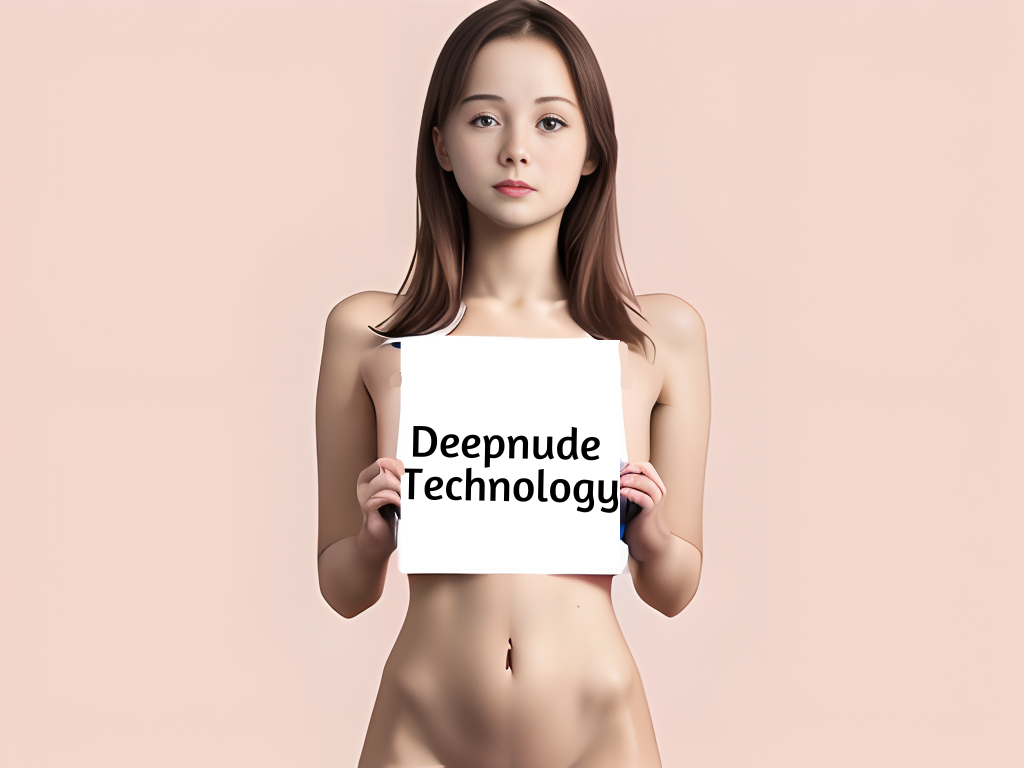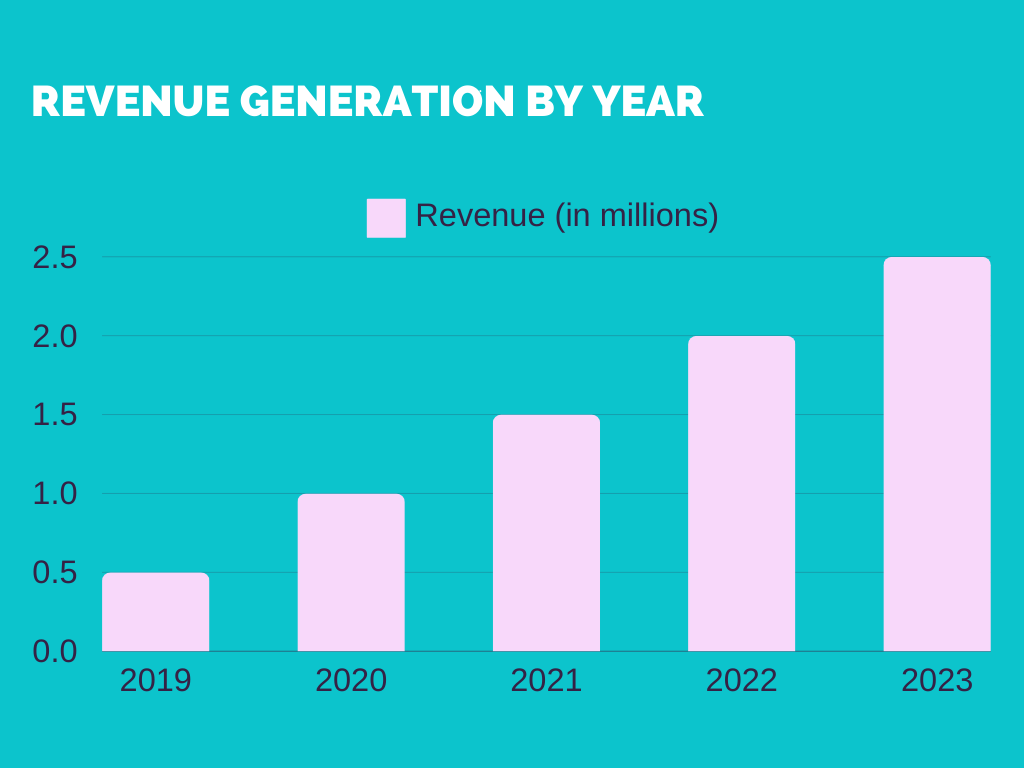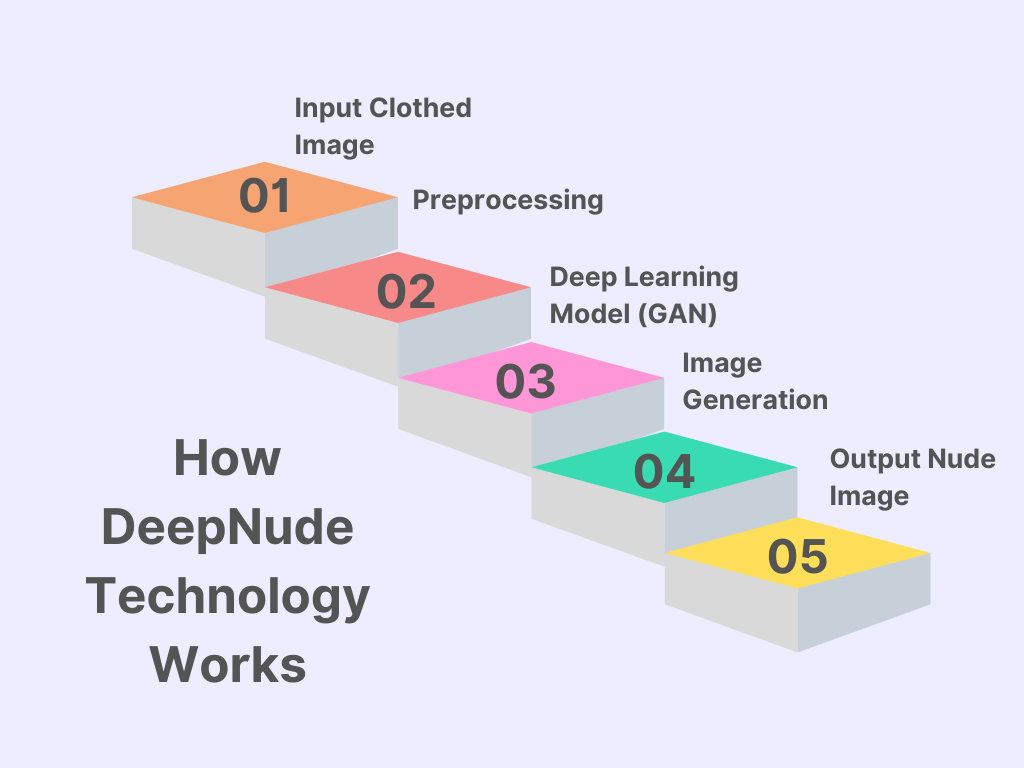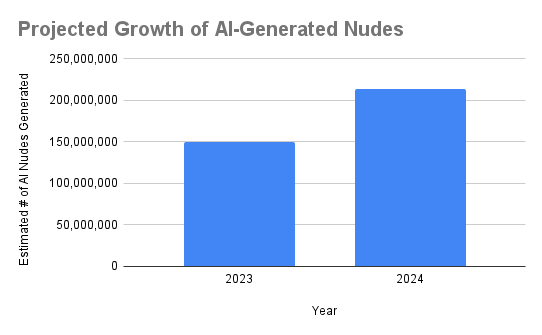The Rise of Deepnude Technology: Deep Learning and GANs
I never thought I would need to address the issue of AI-generated nudes, but here we are. The tech world moves fast, and sometimes things become worrisome. After decades spent reporting on AI development from different parts of this planet, the creation of “deepnude” software among other such things came as both thrilling and terrifying news.
Let’s talk about this brave new world of synthetic nudity, shall we? Fair warning – we’ll be discussing some mature themes, but I’ll keep things tasteful.
What Exactly is Deepnude Technology?

In simple terms, deepnude tech uses artificial intelligence to “undress” images of clothed people, typically women. You feed it a normal photo, and it spits out a nude version. Creepy? Absolutely. However, it is an excellent evidence of how well computer technologies have advanced in the field of design as well as in many other areas.
The term “deepnude” is a play on “deepfake” – the AI powered technology that would change faces in videos as shown in the term ‘deepnude’. Synthetic media has been generated by the use of machine learning approaches with great similarity between the two.
Last year when I was working on an article about AI ethics, I first saw deepnude apps. My first thought was “Wow, that’s impressive” and “Oh no, this will be abused”. The possibilities for misusing it are infinite.

The Tech Behind the Nudes
So how do these digital tools for disrobing actually work? This has to do with two major AI technologies:
- Deep learning: It is a section of machine learning that employs neural networks having numerous hidden layers (and thus “deep”). It is highly effective in image recognition and generation.
- Generative Adversarial Networks (GANs): A clever AI architecture where two neural networks compete. There is one network that is aiming at producing images that are not real, and there is the other one that wants to identify counterfeits. They are bettering themselves in a rigorous examination fashion.
Deepnude algorithms are trained on thousands of pairs of clothed and nude images. They learn the patterns of how bodies look under clothing. Then, given a new clothed image, they can infer and generate a plausible nude version.

It’s like the AI is playing a game of “guess what’s under there” – except it’s gotten freakishly good at it through massive amounts of training data.
The Rapid Rise of Deepnude
Deepnude is a fast-growing technology developing at an accelerated rate. But in the past couple years, the floodgates have opened.

- Multiple deepnude apps and websites popping up.
- Open source implementations shared on GitHub.
- Discussions and communities forming on Reddit and Discord.
- Mainstream media coverage bringing wider attention.
I spoke with Dr. Emily Stark, an AI ethics researcher, who told me: “The democratization of this technology is deeply concerning. We’re giving people a powerful tool for non-consensual intimate imagery with just a few clicks.”
The Good, the Bad, and the Naked
Deepnude could possibly be used for good or for evil, just like any other advanced tech. Here are some examples:
Potential benefits:
- Creation of virtual game/movie avatars & characters
- Medical imaging and anatomy education
- Artistic expression and digital art
Potential harms:
- Non-consensual intimate imagery (often referred to as revenge porn)
- Intimidation and extortion
- Body shaming and unrealistic standards of beauty
I’ll be honest – the negatives seem to far outweigh the positives here. While there are some interesting use cases, the potential for abuse is massive.
The Ethics and Legality
The growth of deepnude technology poses the question of ethics and legality. Is creating a false naked image of someone tantamount to sexual harassment? What about copyright problems related to data used in training the software? Should this development be controlled?
Certain places have already made their move. Indeed, Virginia has just enacted a law that prohibits non-consensual deepfakes, including deepnudes. However, implementing it in the absence of borders might prove difficult.
From an ethical perspective, it is difficult to support deepnude tech. The fact that people do not allow it is at stake in much. In no circumstance should an individual allow one’s unclad self’s image or pictures be rendered into virtual reality simulations without any prior approval.
Dr. Stark told me: “In this discussion, we must make sure that we have the experiences of those who might actually be affected largely irrespective of whether the nudes are authentic or not since the violation in privacy and emotional impairment are indeed actual.”
What Can Be Done?
Here are some possible strategies to reduce the impact of the deepnude technology menace:
- Legal restrictions on creation and sharing of nonconsensual synthetic nudes.
- Content moderation and detection tools for platforms.
- The source of deepnude photos may be found using digital watermarking.
- Teach people about this technology and how they can tell when something is fake.
- Research participants should obey ethical standards.
Ultimately, the genie is out of the bottle when it comes to the underlying tech. We should, however, try to put in place preventive measures to deal with those who use it in a wrongful manner.
This reminds me of a line from the movie Jurassic Park: “Your scientists were so preoccupied with whether or not they could, they didn’t stop to think if they should.” Perhaps we should have more philosophers and ethicists in AI labs asking such vital questions.
The Future of Fake Nudes
Where is deepnude technology headed? If current trends persist, we anticipate:
- Enhanced photorealism including video functionalities.
- Better and faster generation processes (probably in real-time).
- Readily available tools requiring less expertise.
- Integration with other AI tech such as voice synthesis.
There’s a future that is looking increasingly bleak because we no longer know what images or videos can be trusted on the Internet. And what is the future of the saying ”pics or it didn’t happen” if we can’t trust any visuals anymore?
But then again, maybe all of us becoming more informed about such technology will lead to us being just a little less gullible when it comes to consuming information from online sources.“Being taken in” by everything seen online does no harm.
Wrapping Up
Deepnude technology is a complex and controversial topic, as we have seen. This modern AI relies upon both amazing functionalities and likely hazards.
Although neutral in itself, the technology raises several concerns regarding its application. The discussion involves considering those issues as serious societal implications for the ethics of synthetic media and digital age body independence.
I leave you with one idea: just because we are able to make something doesn’t imply we should use it blindfolded. Increasingly more powerful AI demands that we should think thoroughly about what we create.
What are your thoughts on deepnude technology? How do we balance innovation with ethics in AI? I’d love to hear your perspective in the comments.
Stay curious, stay skeptical, and remember – not everything you see online is real. Even if it looks mighty convincing.
